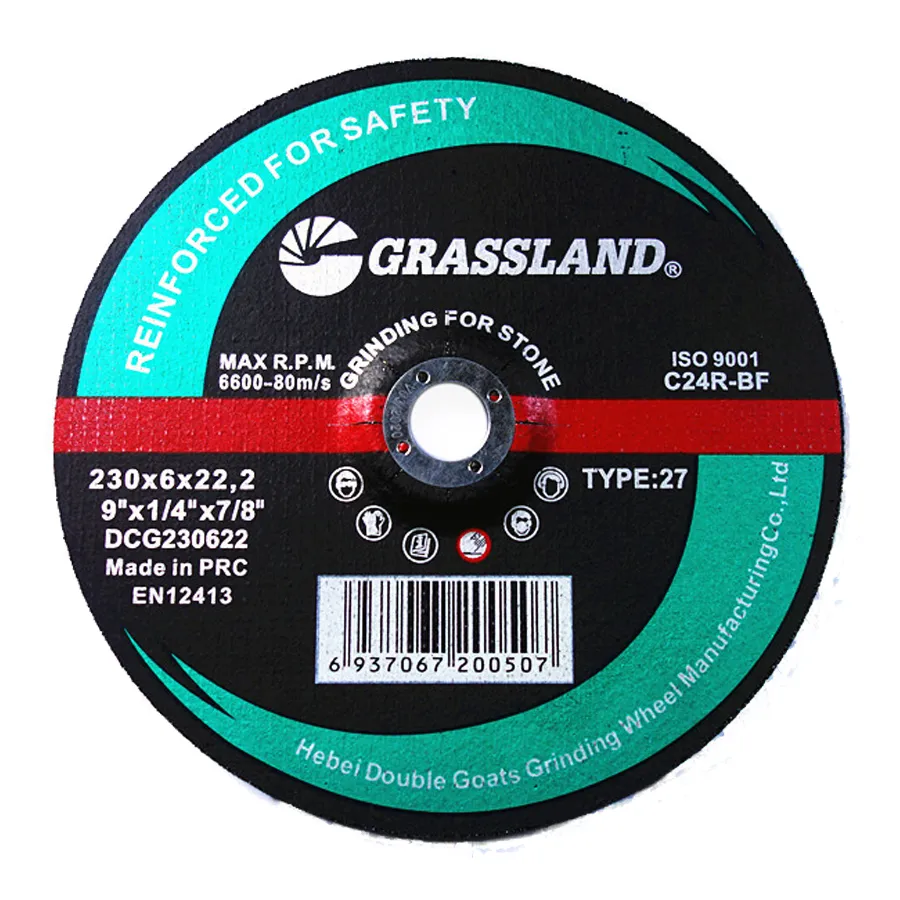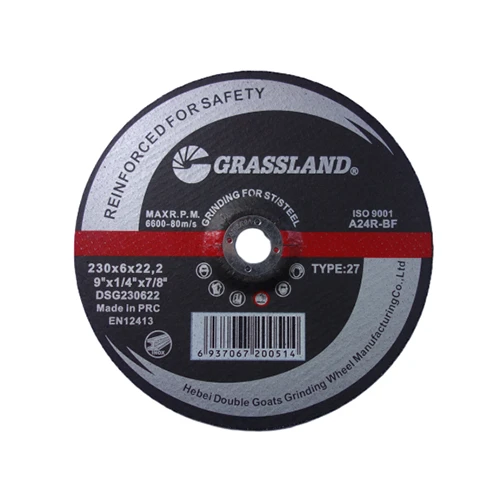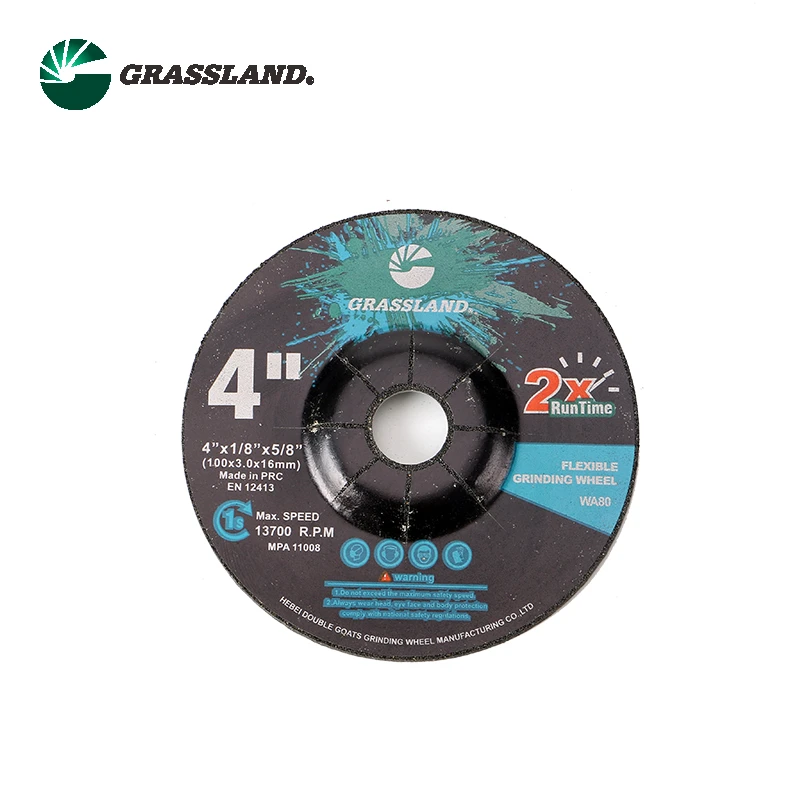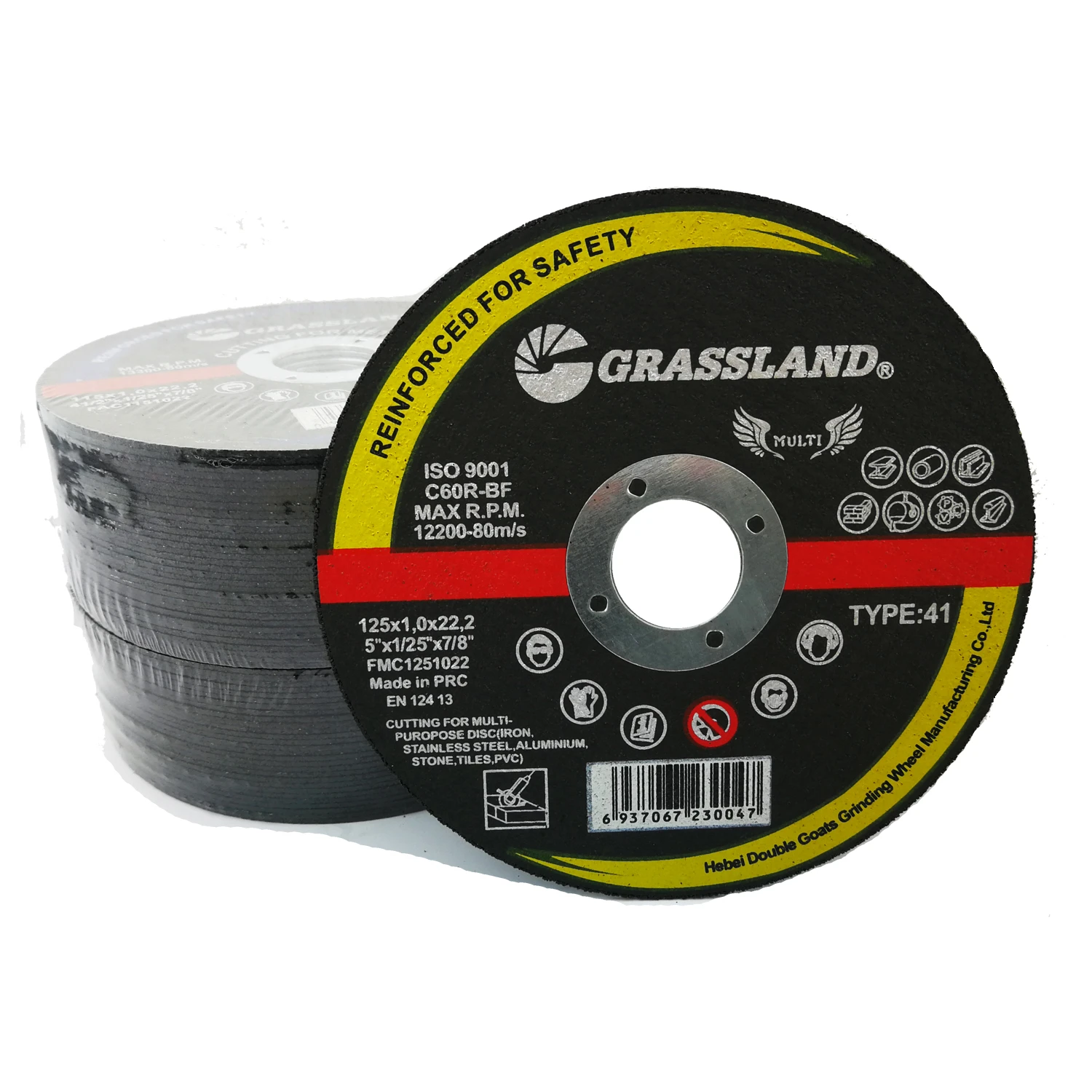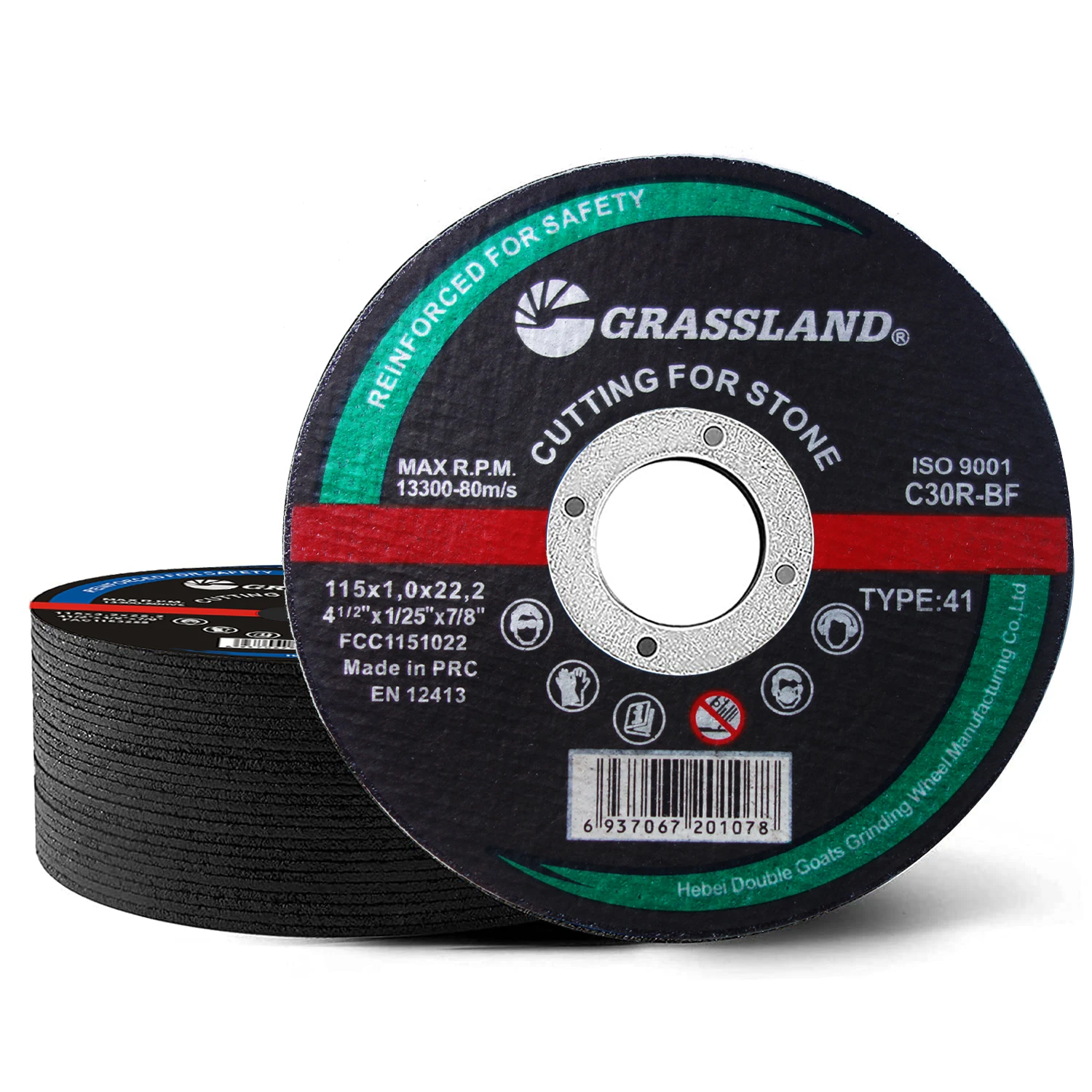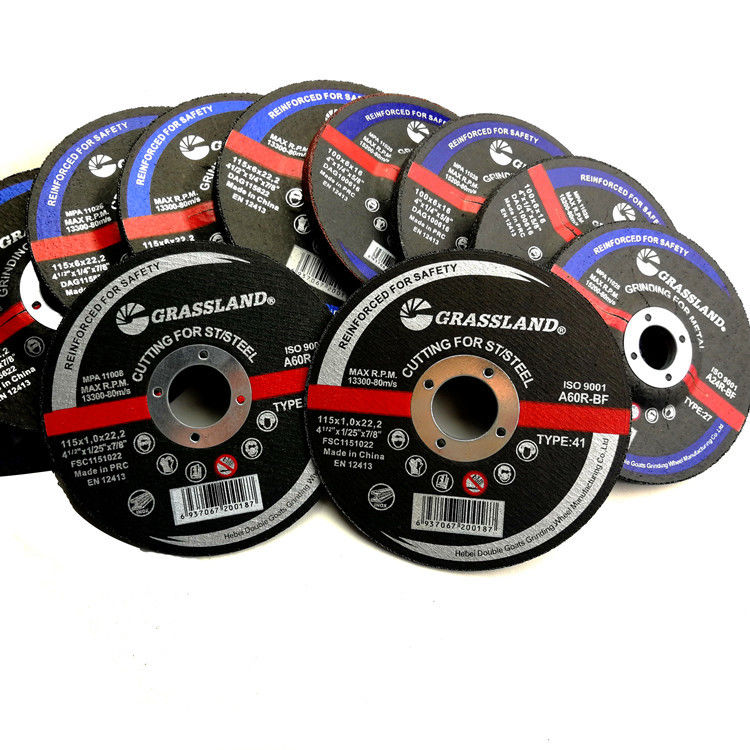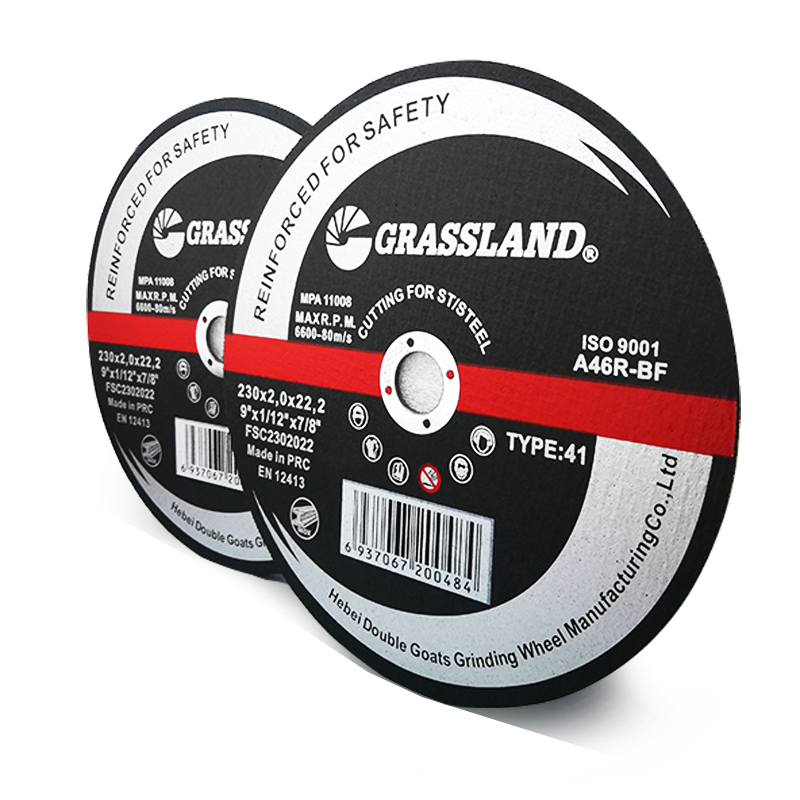Understanding the Different Types of Cutting Discs
Cutting discs, also known as cutting wheels or blades, are essential tools in various industrial, commercial, and DIY applications. They are designed to slice through materials such as metal, concrete, wood, and plastic. The right cutting disc can significantly enhance efficiency and precision while ensuring safety. This article delves into the different types of cutting discs, their materials, and their specific applications.
Types of Cutting Discs
1. Metal Cutting Discs These discs are specifically engineered for cutting through metal materials, including steel, aluminum, and iron. They are typically composed of aluminum oxide or zirconia abrasive grains, which provide excellent durability and longevity. Metal cutting discs come in various thicknesses; thinner discs are ideal for clean cuts, while thicker variations are better for heavy-duty cutting.
2. Concrete Cutting Discs Concrete cutting discs are designed for cutting hard materials like concrete, asphalt, and brick. They feature diamond segments embedded in the disc, facilitating smooth and efficient cutting. These discs are ideal for construction and renovation projects where precision is crucial. They come in wet and dry varieties, with wet cutting discs minimizing dust and reducing overheating.
3. Tile Cutting Discs Tile cutting discs are specialized for slicing through ceramics, porcelain, and other tile materials. Like concrete discs, they often include diamond segments for enhanced cutting performance. The unique design of tile cutting discs allows for intricate and delicate cuts, making them perfect for flooring and wall installations.
4. Wood Cutting Discs Wood cutting discs are typically made of high-speed steel or carbide-tipped materials, allowing them to slice through various types of wood with ease. Some wood cutting discs feature specialized tooth designs for different cuts, such as rip cuts (for cutting along the grain) or crosscuts (for cutting across the grain). These discs are commonly utilized in woodworking and carpentry projects.
5. Plastic Cutting Discs For cutting plastics and composite materials, specific cutting discs are designed to minimize melting and chipping. These discs are generally made of less aggressive materials to prevent damage to the plastic surface. They are useful in various applications including crafting, model making, and repairs.
Selection Criteria
discos de corte tipos
Choosing the right cutting disc involves considering several factors including the material being cut, the required finish quality, and the type of cutting tool being used. Here are some critical points to keep in mind
- Material Compatibility Always select a cutting disc that is compatible with the material you are working with. Using the wrong disc can result in poor performance and potential hazards. - Thickness and Size The thickness and diameter of the disc should match your cutting tool specifications and the application requirements. Thicker discs are typically more durable but may be less versatile.
- Speed Rating Ensure that the disc’s speed rating (measured in RPM) matches your cutting tool’s operational speed to prevent accidents.
- Cooling and Lubrication For materials that generate a lot of heat during cutting, consider using cooling systems or lubricants to prolong the life of both the disc and the equipment.
Safety Considerations
Using cutting discs poses certain risks, hence proper safety gear should be worn, including gloves, goggles, and masks. Additionally, follow the manufacturer's instructions and safety guidelines to ensure safe operation. Regularly inspect the discs for signs of wear or damage before use and replace them as necessary to maintain optimal performance.
Conclusion
Cutting discs are crucial tools across various industries and applications, and understanding the different types can greatly enhance your efficiency and safety during cutting tasks. Whether you're a professional tradesperson or a DIY enthusiast, selecting the right cutting disc tailored to your specific needs is essential for achieving the best results. Invest time in learning about each type to make informed choices that will ultimately lead to quality craftsmanship.
Post time:Dec - 13 - 2024






